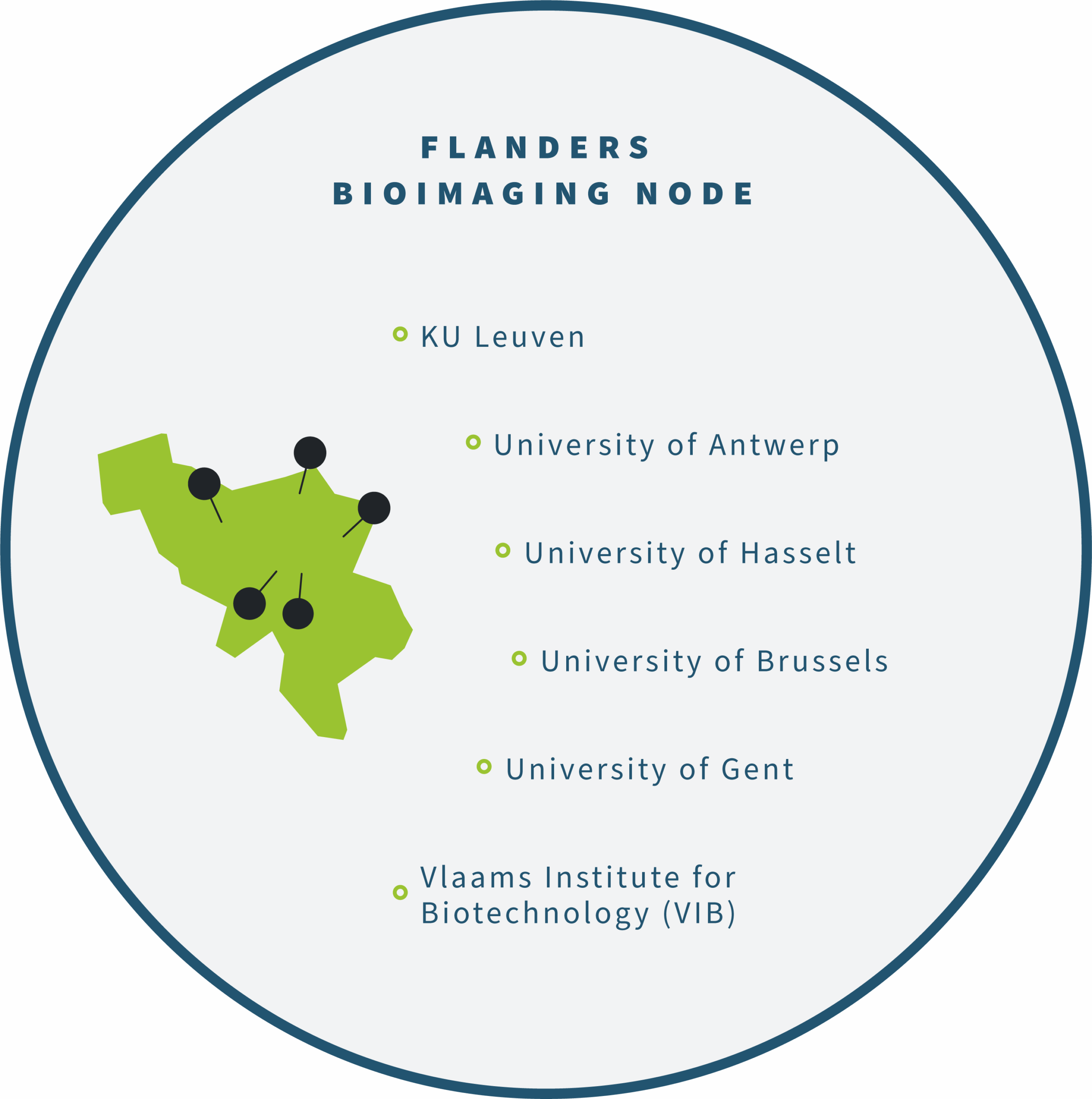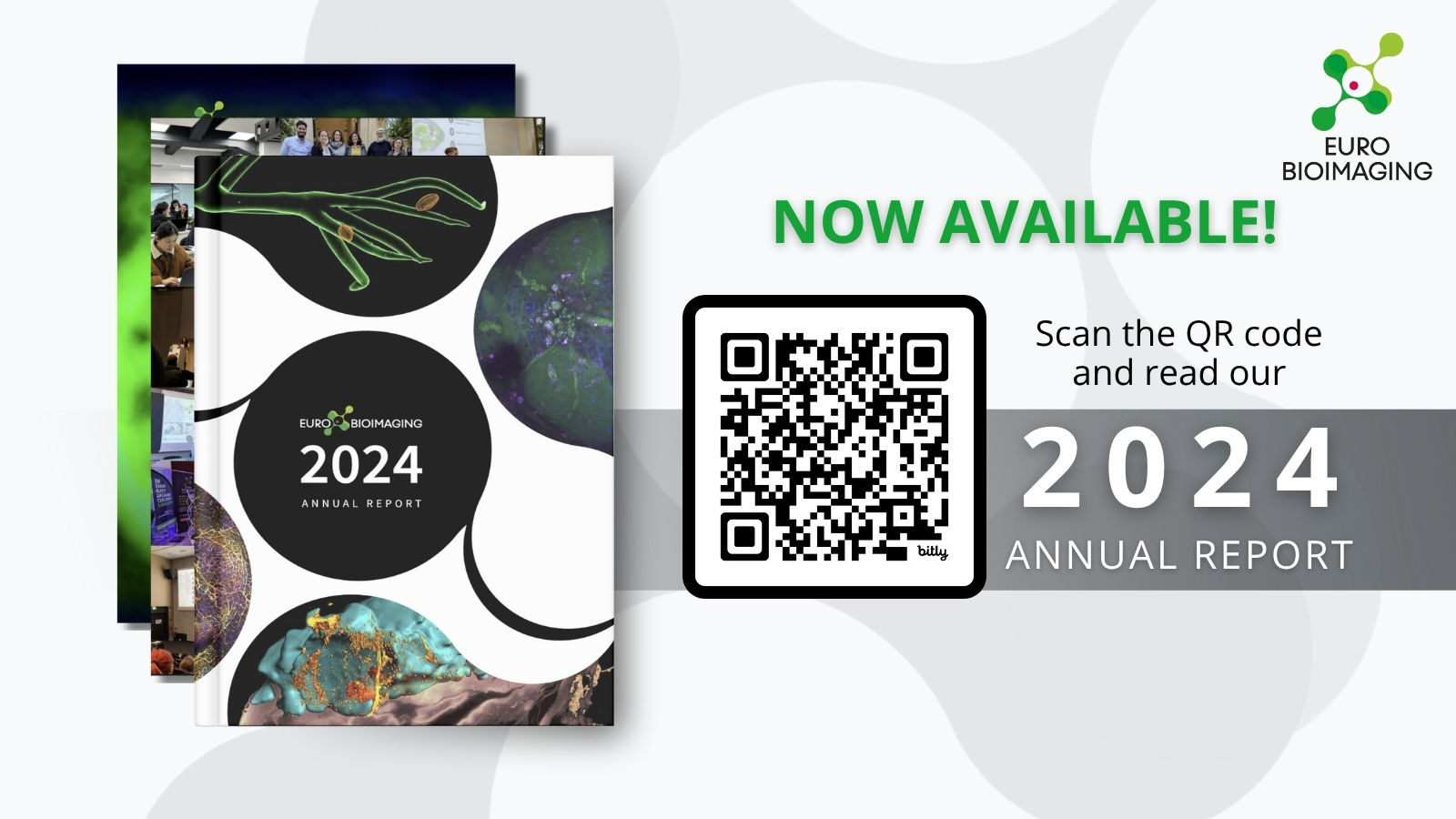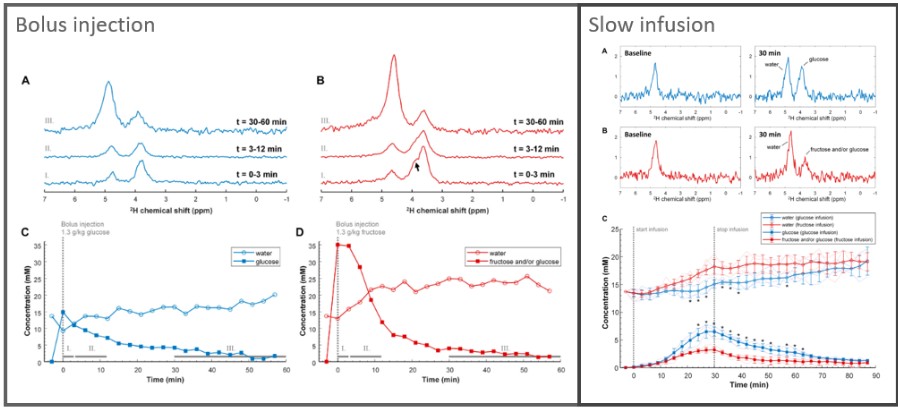
Analysis of Nano-Structural Dynamics in Cardiomyocytes
Euro-BioImaging is organizing an online User Forum on Tuesday, March 21, 2023, from 14:00-17:00 CET. The topic is “Cardiovascular research.” This event will highlight the importance of cutting-edge imaging technologies in support of cardiovascular health, disease, diagnostics and the development of therapies. We will showcase the specific expertise available at our Nodes across Europe through case studies presented in tandem with the research community.
At this event, Eva Rog-Zielinska, University of Freiburg, will explore how dual axis electron tomography, performed in collaboration with the EMBL Node, allows for the investigation of 3D nanostructure at different stages of the contraction–relaxation cycle of individual cardiomyocytes.
Hear this talk and others like it on March 21 at the Euro-BioImaging User Forum: Cardiovascular Research.
Abstract:
Cardiac muscle cells, cardiomyocytes, undergo significant deformation during every heartbeat. The contraction of the heart alters cellular ultrastructure, which in turn modulates cell function. The exact interplay between deformation, ultrastructural dynamics, and function is hard to predict from macro- or micro-scale assays. As it is experimentally challenging to measure nanoscopic dynamics, the effects of cardiomyocyte deformation on the intracellular ultrastructure (e.g. organelle shape or position) are largely unexplored. Action potential-synchronised high-pressure freezing of cardiomyocytes, coupled with dual axis electron tomography, allows for the investigation of 3D nanostructure at different stages of the contraction–relaxation cycle of individual cardiomyocytes. We present the experimental workflow and the initial quantification of the organelle deformation during rest and peak contraction of cardiomyocytes. We plan to fuse this information into a statistical model of nanoscopic cardiomyocyte contraction dynamics, which will help us understand how ultrastructure–function relationships contribute to cellular steady-state and its pathological alterations in disease.

More news from Euro-BioImaging


